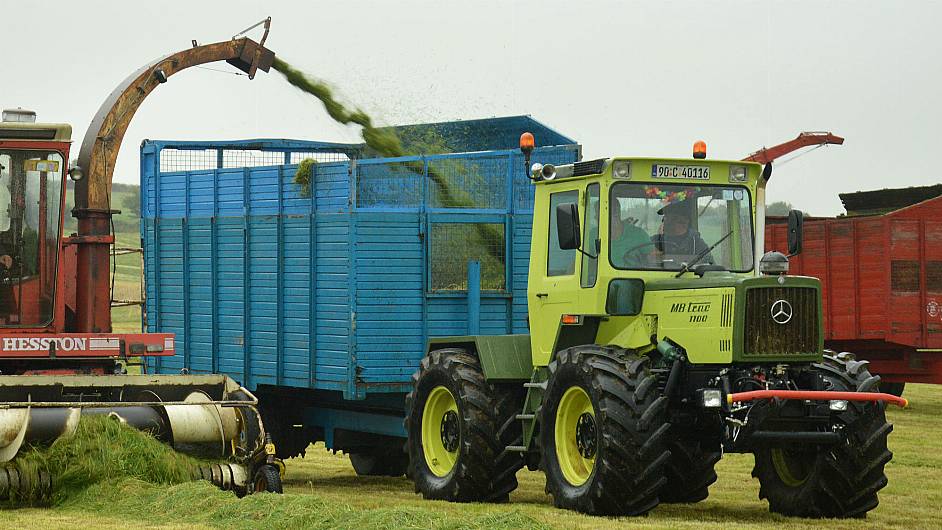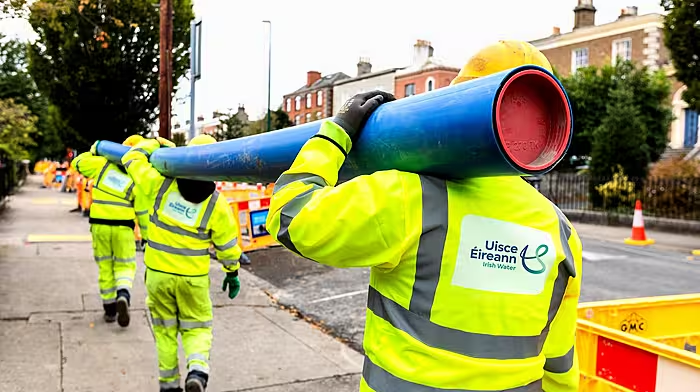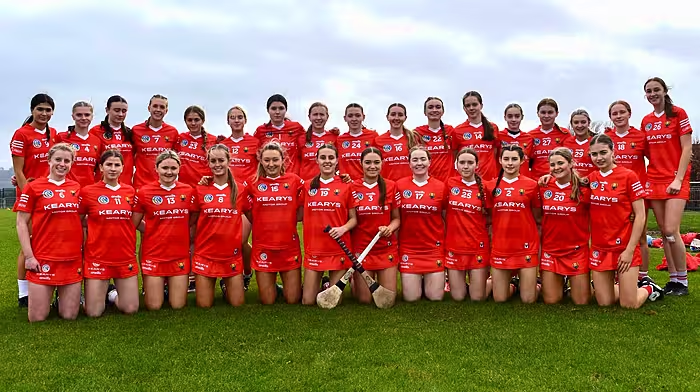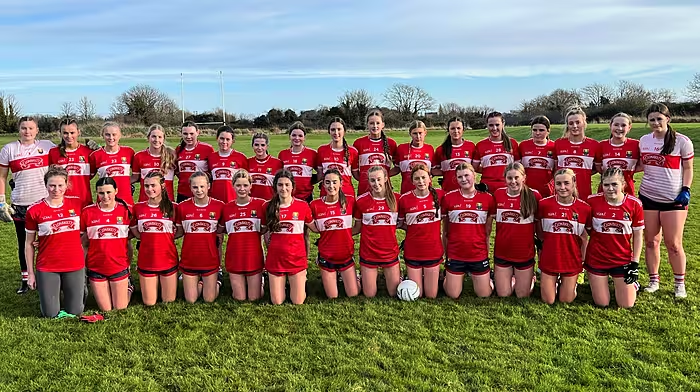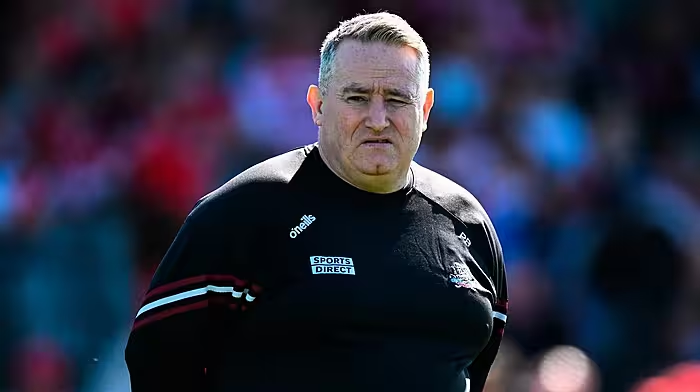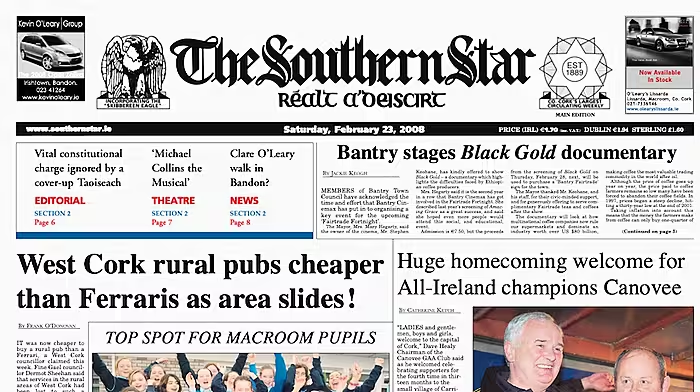
WHILE many people associate Mercedes Benz with cars and SUVs, the German brand also has its fingers in other pies such as HGVs, buses and commercial vehicles – not to mention Formula 1. However, Mercedes can trace its tractor roots back to 1928 to a joint venture between previous rival companies – Daimler and Benz.
Development of an all-new design of tractor resumed in the 1960s with the assistance of Unimog. Identifying the gap in the market for a high speed, systems tractor, Mercedes unveiled its first equal wheel tractor in 1972, the 65/70.
According to Mercedes, 60% of the components were taken from the Unimog parts shelf! Production commenced in Gaggenau in 1973, with a total of 11 different models produced by time Mercedes terminated the MB-Trac division of the company in 1991.
Initial models were lightweight tractors, instantly recognisable with their mid frame mounted cab and rear loading platform. Interestingly, early models were clad in light grey, with red wheels and steps and rear platform- not unmistakeable green paintwork that arrived in the mid 70s.
Even though equal wheel design was not original concept, the combination of speed and suspension was radically innovative. Furthermore, Mercedes did not use the engine and gearbox casing as load bearing components, instead opting for what they termed as a ‘ladder’-type frame. Mercedes boasted that the loading of the tractor with 40% on the rear axle and 60% on the front provided the optimum level of traction.
In 1976, Mercedes released the MB-Trac 1100 and 1300 as part of their heavyweight tractor line-up. Powered by Mercedes’ own OM352 engine, the 5.7l unit produces 110hp and was turbo-charged to produce 125hp for the MB-Trac 1300.
Different gearbox configurations are available, with a maximum of 22F/22R on offer, with an additional high speed gear optional. The 1100 weighs in a little over 5.2 tons with a 60l/min hydraulic flow and is capable of lifting five tonnes at the rear with a CAT III linkage.
Due to the mid-mounted cab, more weight is transferred to the front axle which provides a great balance of weight when the tractor is loaded or hitched to an implement-improving traction as well as comfort.
Upon climbing the three steep steps, the operator sits in a high, commanding position along with the left hand passenger seat, with a large steering wheel dominating the dash.
The high specification of the 1100 included front axle suspension, drum air brakes on each wheel, air activated PTO cutch, four-wheel drive and differential lock for both axles. Other extras include a front linkage and PTO.
Contact Peter at [email protected] or see Instagram @flashphotoscork


